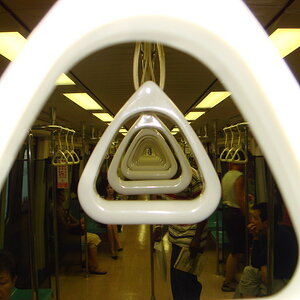MTHall720
TPF Noob!
- Joined
- Sep 30, 2015
- Messages
- 77
- Reaction score
- 11
- Location
- Central Maryland
- Can others edit my Photos
- Photos NOT OK to edit
I have a couple of questions. I've known for years about the rule of thirds but have no experience concentrating on the Golden Rule, which I think may involve spiral.designs. For those who do landscapes do you prefer one over the other or do you use both?
Thanks in advance for any thoughts on this
Thanks in advance for any thoughts on this





![[No title]](/data/xfmg/thumbnail/37/37111-64f64f2c8371420041bf39244ff12117.jpg?1619737882)


![[No title]](/data/xfmg/thumbnail/37/37112-9474bbad05f760cbef79df3379b23509.jpg?1619737882)




